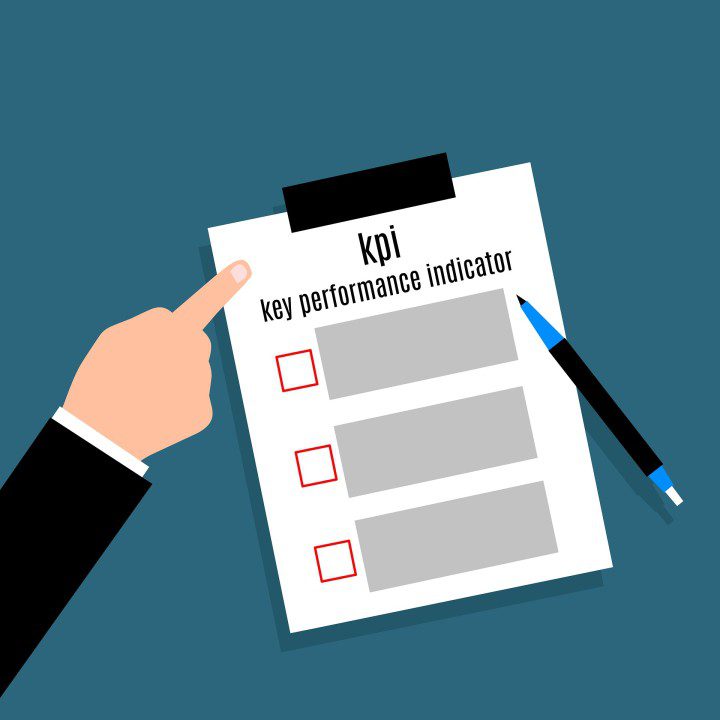We can keep driving this conversation forward, just drop a comment and share your opinions and experiences with me.
“What’s measured improves” – Peter Drucker
Imagine this scenario: you are running a startup with a couple of business partners, and you realize that to grow and succeed, you will need more talent on your team. Your expertise is in the realm of the technology that your company is producing; it is not necessarily in recruiting. Understanding a few basic principles about recruiting can make a huge difference to success or failure.
Here are some basic metrics that are powerful for measuring recruiting success and why they matter.
1. Cost of Vacancy
A very valuable number to keep an eye on is the cost per day to not having your priority roles filled.
Cost of Vacancy simple numbers
Assuming that the value of an individual to your company is approximately what you plan to pay the individual, you can look at the cost to your organization as a factor of what you pay.
These steps are a guideline to estimate this cost:
1. Calculate Salary Cost per day: Position’s salary / ~261 working days in a year. If this position includes an equity factor, ideally include an estimate for equity to more accurately estimate the position’s value to your org.
2. Calculate Benefits Cost per day: (Position’s salary x 30%) / ~261 working days in a year
3. Calculate Coverage Cost per day: Cost of temporary labor and overtime / days. This is often work taken on by other teammates, not necessarily billed as overtime, but that delays other primary work. It is useful to be aware of this, as it is often the biggest hidden cost of vacancy to startups.
4. Total these up to see your approximate daily approximate Cost of Vacancy: Salary Cost per day + Benefits Cost per day + Coverage Cost per day
2. Source of Hire
Where are your best hires coming from? Are referrals turning out to be an 80% success rate of hire? Are job postings bringing in a lot of applicants, which require many hours of resume review and screening, just to turn out a low percentage of hires compared to the time invested? Does a highly specialized headhunting firm, AdAstra Talent Advisors, *shameless plug* deliver high quality candidates requiring less demand on your time so you can focus on what you do best? Knowing this helps you focus your investments, time, and money, on high ROI sources.
3. Withdrawal Reason
If sought-after candidates are withdrawing from your process, what is the real reason? This will help you modify your interview and offer process to land the people you want to hire! You can find out this valuable information by tying your hiring manager or talent acquisition professional in closely with the candidate, to have a conversation around what would need to change to get them to a yes. Heart to heart conversations can help reveal the true reasons for withdrawal, which is incredibly valuable feedback for optimizing your interview process and securing the best talent.
4. Cost per Hire
Understanding this will help show which hires are more and less expensive, and can positively influence future decisions.
Some factors to consider:
- How much are you paying for the service/platform that brought the candidate in?
- How many work hours, and consequently what monetary cost, went into interviewing for this role? Include costs of talent acquisition professionals, hiring managers, and other teammates involved in interviewing and hiring.
- Compliance costs (legal documents, etc.)
- Background checks
- Screening or technical tests (Codify, etc.)
- ATS (Applicant Tracking System) and other software
- Travel expenses
- Marketing costs
- Employee referral expenses
- Signing bonuses
- Job fair expenses
You can divide the total expenses by your total number of hires to get a company wide cost per hire, or divide it by position or department to see how those costs compare.
5. Quality of Hire
This is an area of data analytics that I see missing most often. We make a lot of assumptions and assessments during the hiring process. Establishing a standard practice of a three month post-hiring process of how well the initial assessments of the candidate match up with later performance will shed light on the accuracy of your hiring decisions and help you make useful corrections. Here is a practical way to do this:
Once a candidate interview process is completed, fill out a numeric rating document or job scorecard for the candidate. This document has requirements and preferences for the role, a rating system, and examples of strong answers and weak answers so the rating system is as similar across candidates as possible. Each candidate should end up with a predicted success score. The total success metric should be the same across all jobs, though the details will be different. For example, each candidate will get a rating out of 100, even though the subsections will vary by role.
After three months of employment, without reviewing the predicted success score, review how successful each candidate has been in the role on the same criteria or job scorecard. Once you’ve completed scoring them, compare the numbers. How strong are you at predicting the success of the people you hire?
The remaining 5 metrics coming soon in Part 2 and Part 3!
What do you think of these metrics? Let me know!














